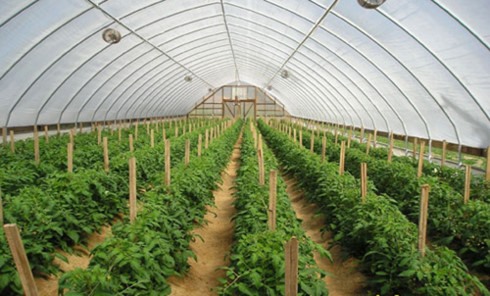 Economy
Economy

Leaders of the Mekong Delta province of Hậu Giang have reviewed the development of a hi-tech agricultural zone in the province by 2025.
 |
| The provincial People’s Committee must approve the building of a new, stronger bridge to replace the existing bridge that leads to the zone to accommodate investors’ high-load vehicles. — Photo vov.vn |
HẬU GIANG – Leaders of the Mekong Delta province of Hậu Giang have reviewed the development of a hi-tech agricultural zone in the province by 2025.
Speaking at the meeting, which was held June 21, provincial People’s Committee Chairman Lê Tiến Châu asked the management board of the local hi-tech agricultural zone to review all policies adopted by the Government for the building of hi-tech agricultural zones and how to implement them.
At the same time, the board must learn from the experience of other localities in attracting investments in the field, he said.
Lê Hoàng Xuyên, director of the management board of the hi-tech agricultural zone, said the provincial People’s Committee must approve the building of a new, stronger bridge to replace the existing bridge that leads to the zone to accommodate investors’ high-load vehicles. He also urged the committee to speed up the construction of roads leading to the zone.
Xuyên asked the local Department of Agriculture and Rural Development to continue supporting related projects, such as a pumping station and the Sustainable Agriculture Transformation (VnSAT) project.
In 2012, the government allowed Hậu Giang to zone off 5,200 hectares of land in Long Mỹ District for hi-tech agriculture. The zone has since been implementing three projects, including one at the ministerial level and another at the provincial level.
Since last year, the zone has collaborated with the Republic of Korea in testing several biological products on 14 hectares of rice crops. This year, those products will be tested on 8 hectares of rice crops, 2 hectares of pineapple, 2 hectares of citrus fruits, and 2 hectares of mangoes within the zone. – VNS




